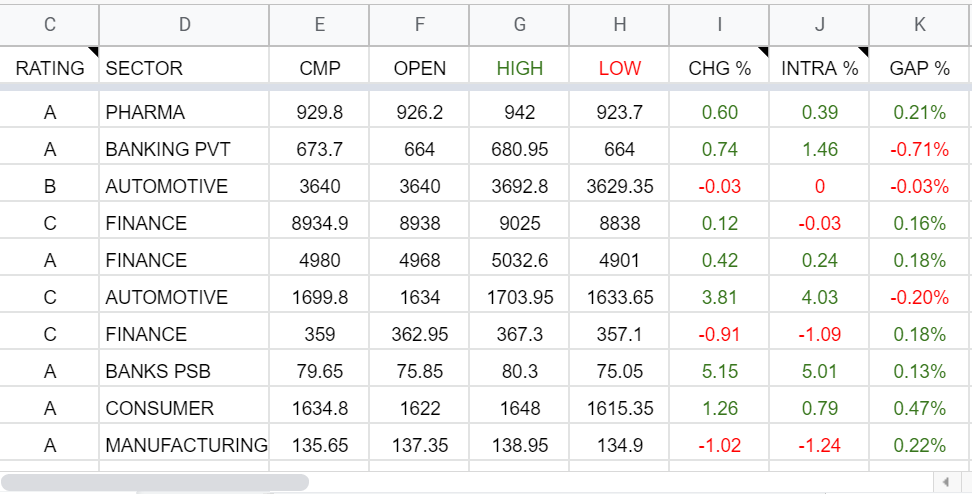I am talking about some of the Basic things, which you should know before proceeding for E-way Bill under GST,
E – way bill is a document issued by carrier having details of shipment of consignment of goods and details of consignor & consignee.
this helps in monitoring and tracking movement of goods.
Section 68 of CGST Act, 2017 mandates to carry prescribed documents by person in charge of conveyance while transporting goods.
As per Rule 138 of CGST Rules E – way bill is a prescribed document. E – way bill is not dependent on whether supply is inter-state / intra-state, it depends on movement of goods.
Person in charge of conveyance shall carry – Tax Invoice / Bill of supply or delivery challan (as the case may be) & E – way bill (subject to its applicability)
in case of imported goods – copy of bill of entry shall also be carried.
(Note all the below provisions are the essence of Rule 138 of CGST Rules, 2017 & Press releases, circulars)
1) Every registered person who causes movement of goods of consignment value exceeding Rs. 50,000/- in relation to a supply; or for reasons other than supply; or due to inward supply from an unregistered person shall generate E – way Bill.
Notes: –
- Consignment value means value as declared u/s 15 of CGST Act i.e. Value of supply in invoice, bill of supply, delivery challan, including GST component and shall exclude the value of exempt supply of goods (where the invoice is issued in respect of both exempt and taxable supply of goods).
- Examples of “reasons other than supply” can be goods send to job-work.
- When goods are sent inter-state to a job worker, the e-way bill shall be generated under cover of delivery challan either by the principal or the job worker, if registered, irrespective of the value of the consignment.
- In case of Inter-state transport of Handicraft goods by a person exempted from obtaining registration, the e- way bill shall be generated by person irrespective of the value of the consignment.
(It does NOT mean that in case of intra-state movement for Job work & handicraft goods, E-Way Bill has to be generated only if consignment value exceeds Rs. 50,000 and we need to check SGST rules for that.. ie both the cases with intra-state movement eway bill is mandatory.)
- In case of transportation of goods by aircraft & railways, e-way bill has to be generated by supplier or recipient.
- E – way bill generated in one state will be valid in other states as well.
- In “Bill To – Ship To” transactions, only one E – way bill from supplier (not 3rd person) to recipient is required (to signify movement of goods) even if two invoices are involved.
2) E – way bill shall be generated in form GST-EWB 01 electronically on portal www.ewaybillgst.gov.in.
There are two parts of GST EWB 01, PART A & PART B.
In Part A recipient details are to be filled & in Part B vehicle details are to be filled (certain exceptions are there).
Notes: –
- E – way bill can be generated by supplier or recipient or transporter. Where multiple consignments are intended to be transported in one conveyance, transporter may indicate the serial number of e-way bills generated and can generate consolidated E – way bill in form GST EWB – 0
- Part A shall be always filled (except where E – way bill is not required to be generated example – supply of exempt goods, supply of goods upto 20 kms from consignor to weighment bridge etc.) (Part A details – GSTIN of supplier & recipient, Place of delivery, nature of document, HSN etc.)
- Part B details (conveyance details), which are not to be filled in 2 cases: –
1. Place of business of the consignor to transporter for further transportation is less than 50 kms. [3rd Proviso to Rule 138(3)] (consignor to consignee distance shall NOT be seen)
2. In case where goods are transferred from one conveyance to another and distance between place of business of the transporter finally to the place of business of the consignee is less than 50 kms.
– If consignor fails to generate e-way bill transporter can generate (other than Railways, air & vessel) i.e. consolidated E – way bill.
3) Validity of E – way Bill: –
(E – way bill is valid for the period from generation upto below specified validity periods. Validity begins when Part B is filled for first time)
| Distance | Validity |
| Upto 100 km (20 kms in case of over- dimensional cargo or multimodal shipment in which at least one leg involves transport by ship) | 1 day |
| For every 100 km or part thereof
(20 kms in case of over-dimensional cargo or multimodal shipment in which at least one leg involves transport by ship) |
1 additional day |
(Example if goods are to be moved from Mumbai to Delhi and distance between two is 1484 kms, then E – way bill shall be valid for 15 days meaning thereby in 15 days goods shall be transported otherwise we have to generate it again)
4) Goods are either not transported or are not transported as per the details furnished in the e-way bill, the e- way bill may be cancelled within 24 hours of generation. (E-way bill verified in transit cannot be cancelled)
- The details of e – way bill has to be made available to supplier (if recipient furnished details in E – way Bill), to recipient (if transporter or supplier has furnished details).
- These persons have to communicate their acceptance or rejection within 72 hours of the details being made available or the time of delivery of goods whichever is earlier, otherwise it shall be deemed that person has accepted the said details.
E – way bill cannot be generated if returns for 2 consecutive periods have not been filed.
so this was all for now,
hope this article clears some of the aspects regarding E-Way bill.
happy readings…
Gaurav Bohra.



